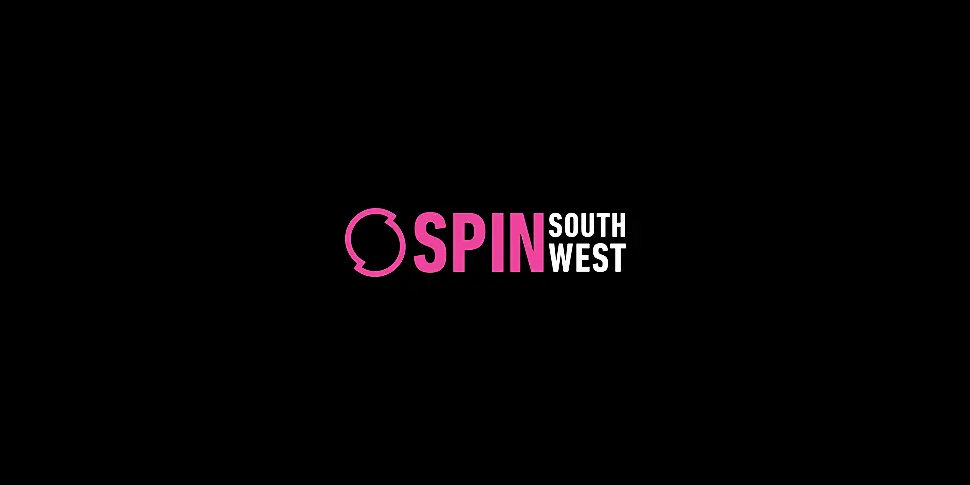Consent
Over half of young people in Ireland are confused about the meaning of consent.
That's according to a new report launched by the NYCI National Youth Health Programme.
Evidence from youth workers indicates that 58% of young people are not sure what the term means.
It's launch day! Read the National Youth Health Programme's report: ‘Consent and the Youth Sector: What do we know?’ @HSELive @HealthyIreland https://t.co/yQIqCyx7XT
— NYCI (@nycinews) September 18, 2020
Evidence from the youth workers who participated in the research indicates that:
- There is confusion among some young people as to what the term consent means (58%)
- Some young people have a lack of confidence to communicate their preferences in relation to sexual activity (23%)
- The main sources of information for young people on consent are peers (60%), media (34%) and school (29%).
Meanwhile concerns continue to be raised about how younger people are engaging online.
In particular, sending or requesting explicit images to each other.
Nearly half of workers or volunteers say training and resources are the main needs of the sector to address the topic with young people.
Report author Lisa Harold, of the NYCI National Youth Health Programme says:
"The findings from this report indicate that young people are confused when it comes to the term consent and what this involves."
"There was also a lack of confidence on the part of some young people to communicate their preferences in relation to sexual activity."
"Some young people felt peer pressured to engage in sexual activity and this is impacting on their ability to address the concept of consent."
"Data also indicated that peers, media and schools are the main sources of information on consent for young people."
"In order to address the topic of consent with young people, training was highlighted as the main need ny those working with young people, and we will now be rolling out a national training programme to accompany the guides being launched today."
The research covered a sample through a combination of quantitative (targeted online survey completed by 255 respondents) and qualitative (5 focus groups) research methods.
More information can be found here.












